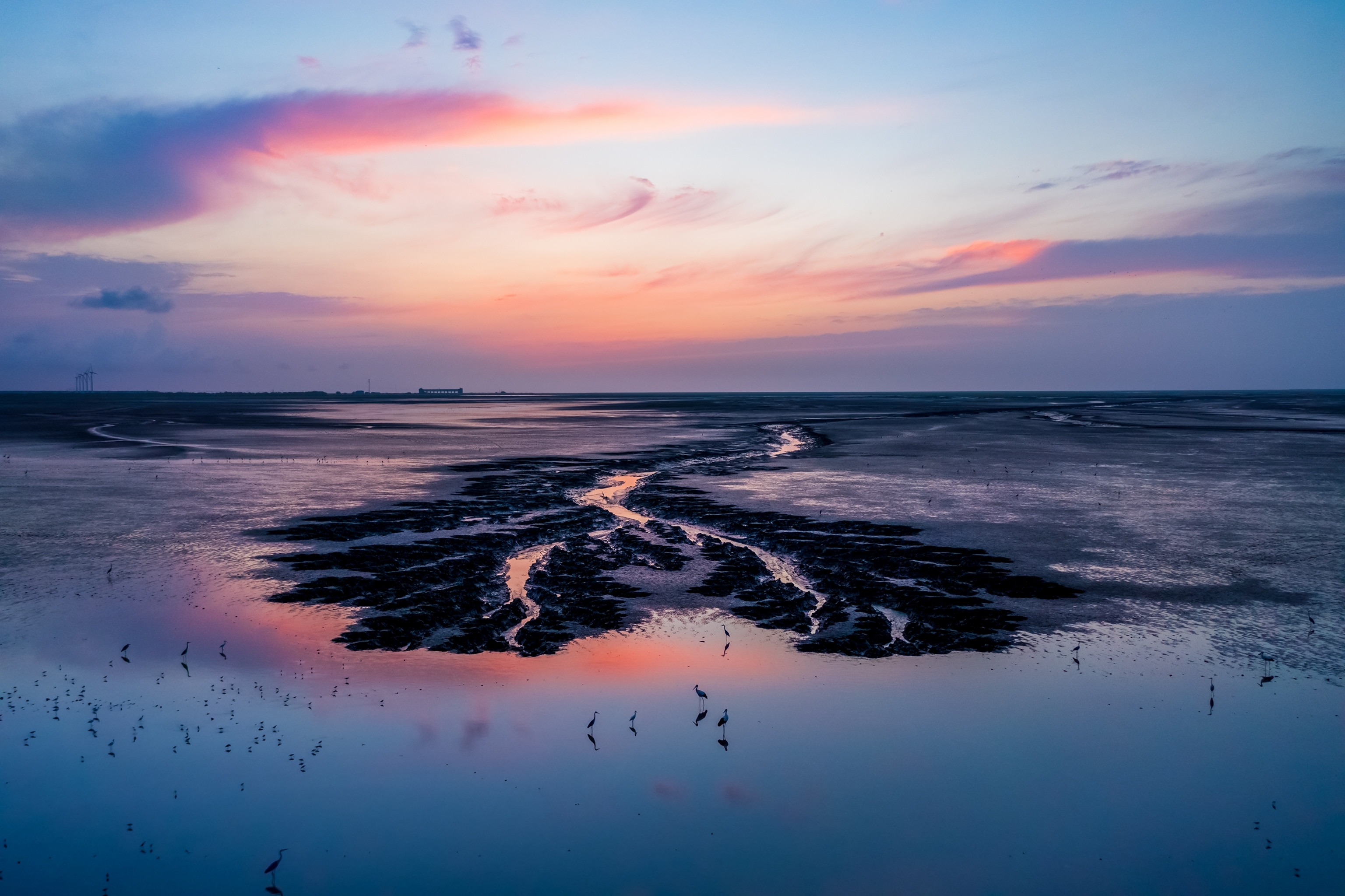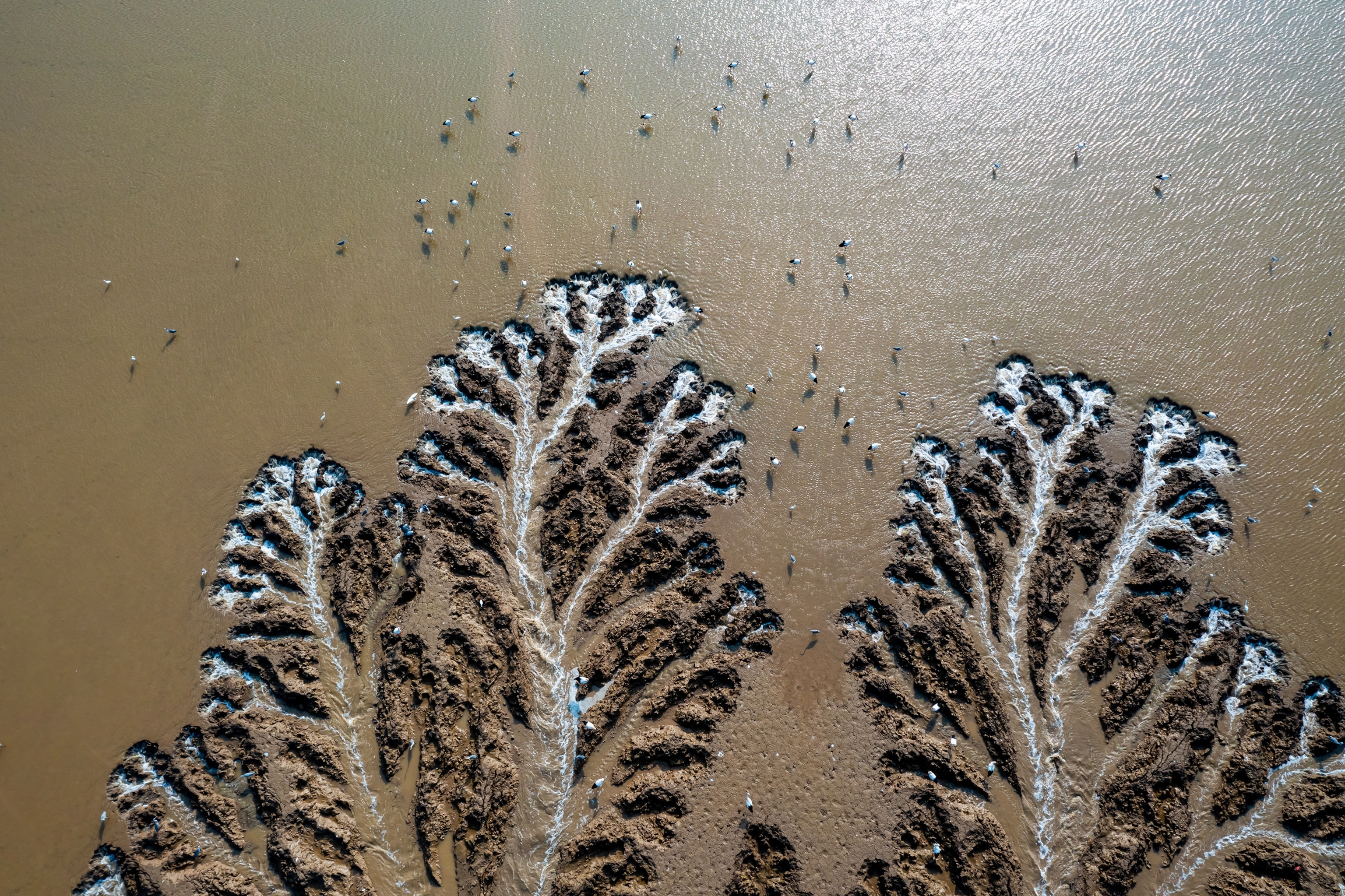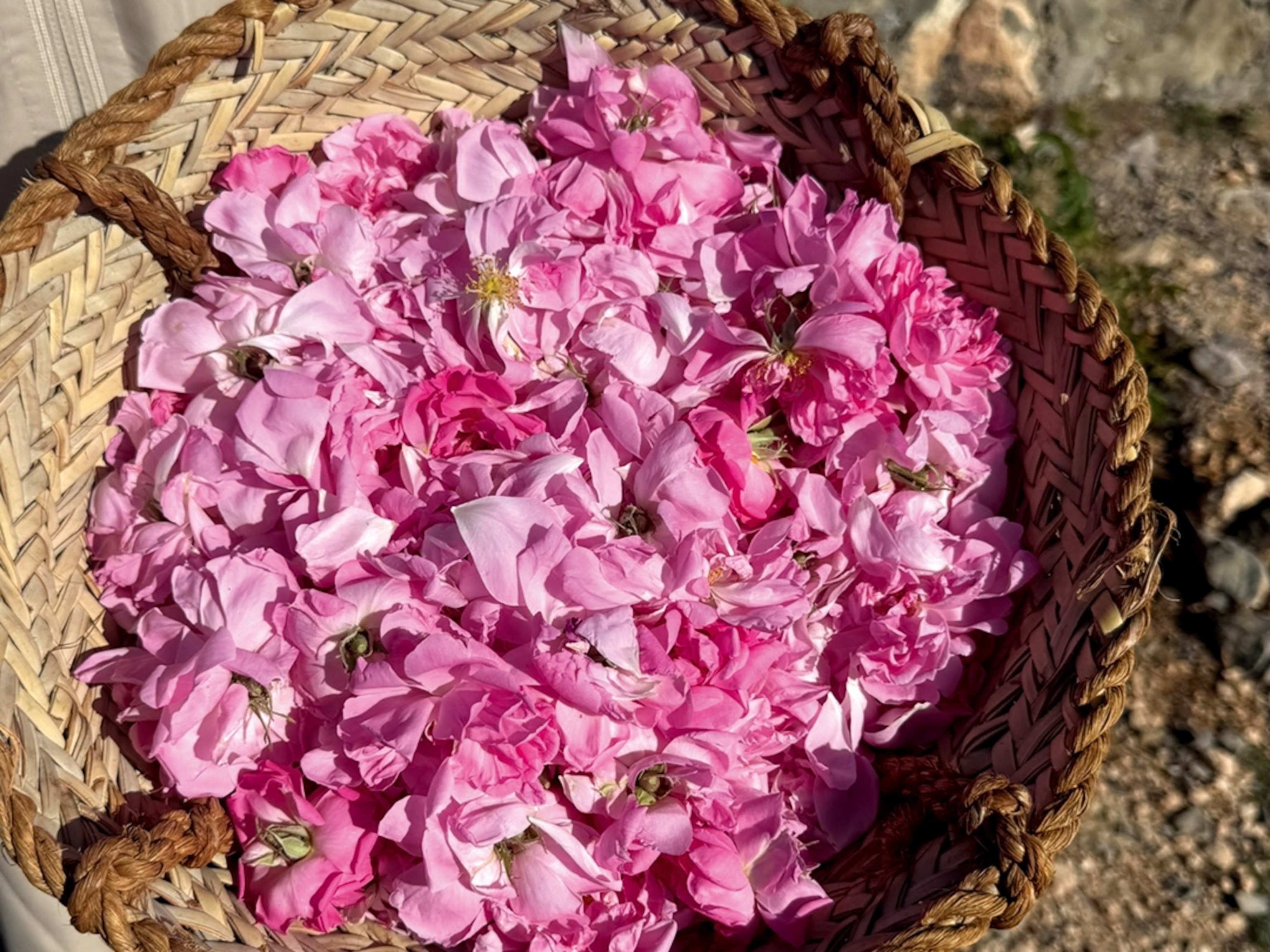Known whimsically as shui xiang, or “the land of water”, China’s glittering province of Jiangsu has all the geographical advantages to give it a starring role in the epic tale of China’s ancient Maritime Silk Road. Boasting over 600 miles of coastline and with both the Yangtze River and the Grand Canal flowing through it, Jiangsu was instrumental in facilitating the exchange of precious goods and epoch-shaping ideas between China and southeast Asia, the Indian subcontinent and even the east coast of Africa over centuries of trade and tribute.
Jiangsu today has a host of ancient sites and tourism resources dedicated to celebrating the achievements of the Maritime Silk Road. For history buffs or the casually curious, here are some cities to visit for a vivid sense of Jiangsu’s illustrious history.
Nanjing
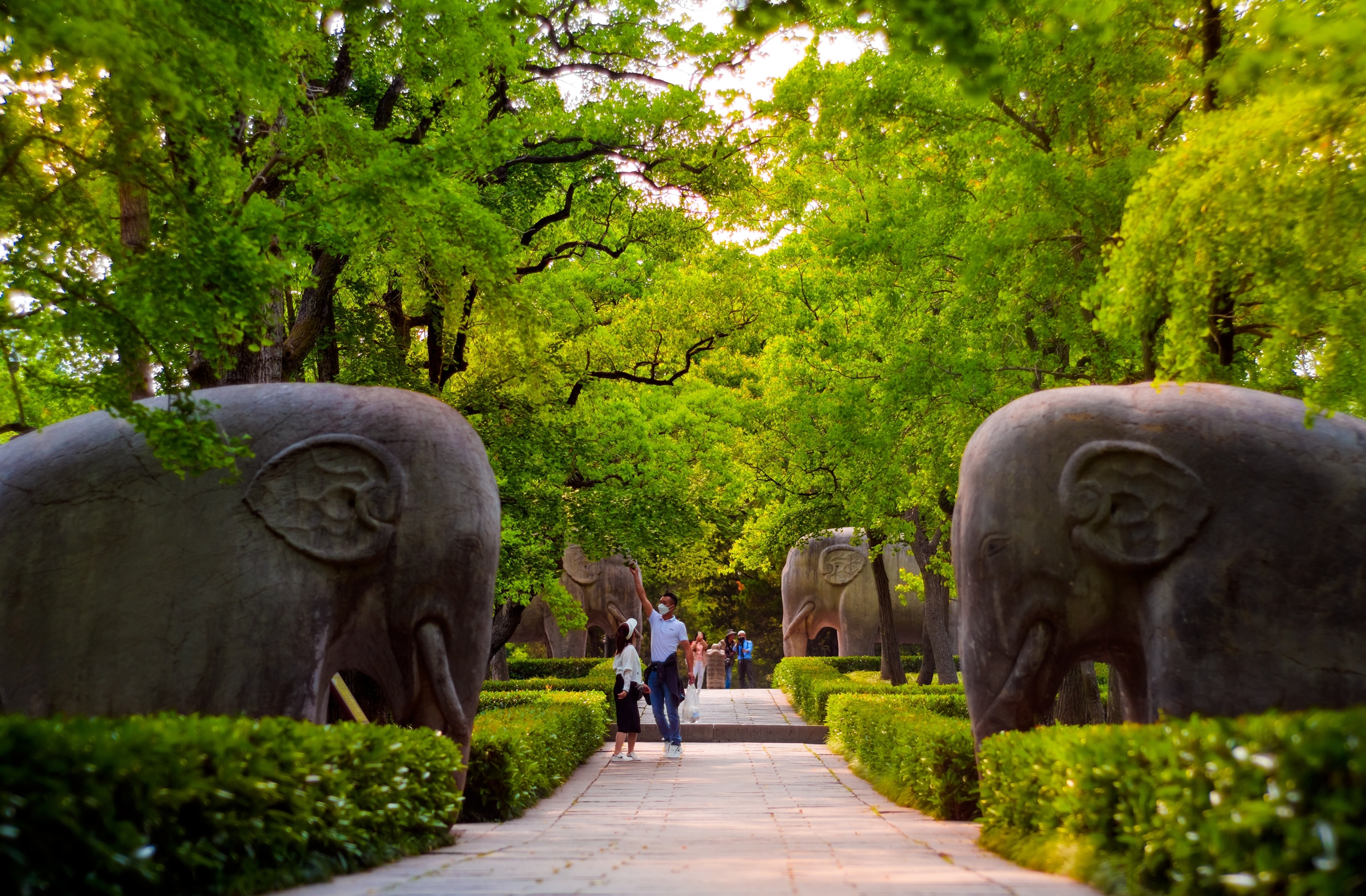
At the dawn of the Ming dynasty in the 14th century, the city of Nanjing in Jiangsu was proclaimed capital of China. A mighty wall was raised around it, one of the longest ever built of which large tracts survive and can be walked upon today. The Hongwu emperor, the first of the dynasty, lies buried in a magnificent mausoleum located at the southern foot of Purple Mountain. His immense tomb, inscribed as a UNESCO World Cultural Heritage Site, is reached by a grand funerary walkway lined with an honor guard of stone statues.
His successor, the Yongle Emperor ordered the construction of a fleet of “treasure ships” in 1403 under the command of Zheng He, a soldier who rose to prominence under the emperor. Zheng embarked on seven epic sea voyages, commanding one of the largest and most advanced fleet of ships the world had ever seen. Excavations indicate that these mighty vessels were built in Nanjing: a reconstruction of one of Zheng’s largest ships can be viewed at the Treasure Shipyard Relic Park, along with artifacts like shipbuilding tools and ship parts.
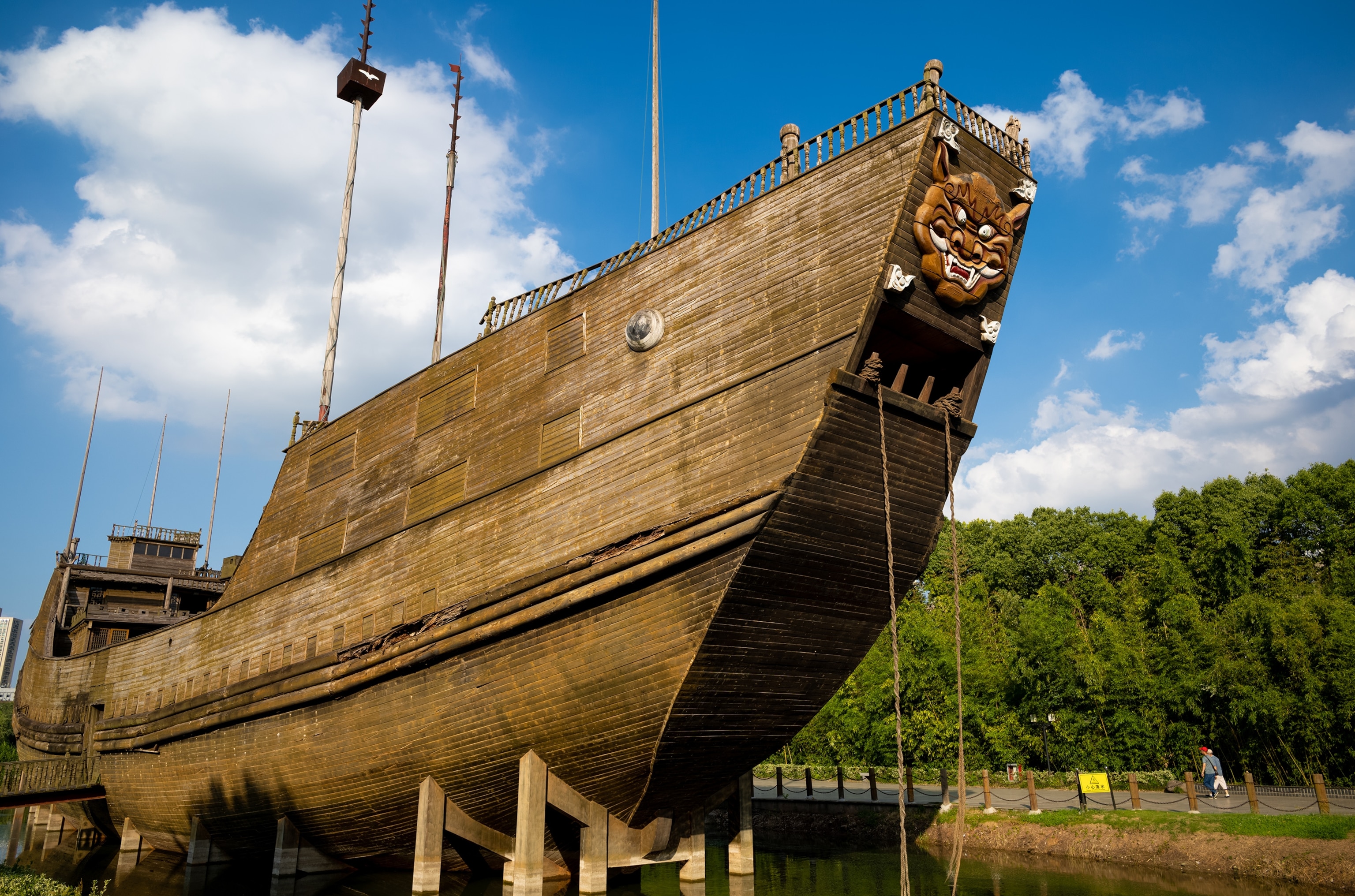
The treasure ships were laden with a precious tribute of silk and porcelain intended to facilitate diplomatic relations with other nations. Nanjing itself was an important center of silk production. To understand why Chinese silks were such a valued commodity, pay a visit to the Jiangning Imperial Silk Manufacturing Museum and the Nanjing Silk Brocade Museum where you’ll see some of the finest silk garments in the world, many made specially for the imperial family.
Yangzhou and Lianyungang
Also taking place over water in Jiangsu, is the spread of ideas, philosophies and even religions. In the city of Yangzhou, famous for its historic gardens and exquisite Huaiyang cuisine, there lived a Tang-dynasty monk by the name of Jianzhen. In the 8th century he served as abbot of Yangzhou’s Daming Temple, which can still be visited on Shugang Mountain today. Jianzhen attempted several sea voyages to Japan, eventually succeeding and spreading the teachings of Buddhism there.
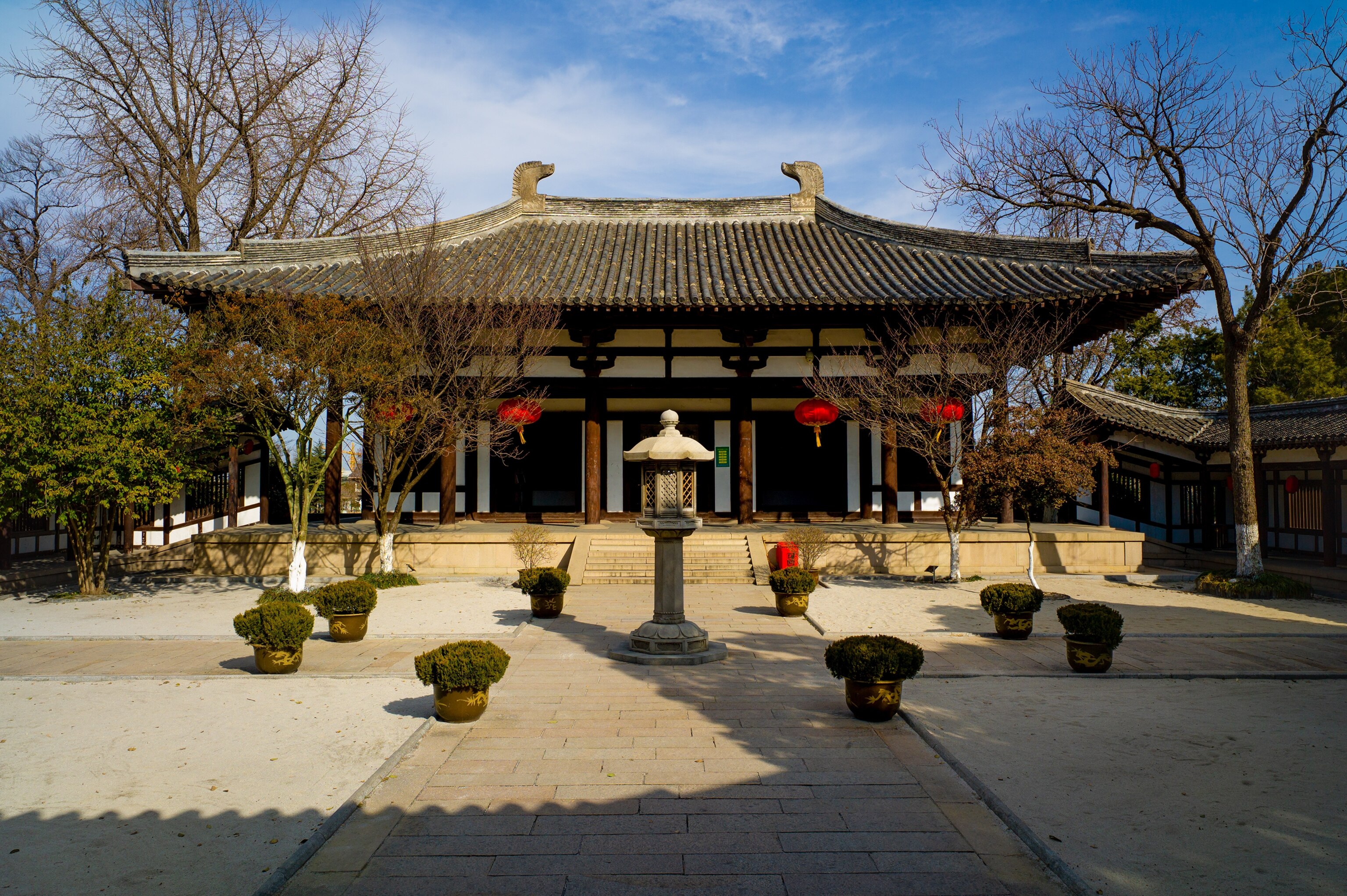

Many centuries earlier during the Han dynasty, Buddhism first settled on China’s shores. Close to the present-day city of Lianyungang in northern Jiangsu is Kongwang Mountain, a scenic peak that gets its name from the belief that it was once climbed by Confucius. Visitors can scale the mountain, as it was said the Great Sage once did, to view a collection of ancient Buddhist carvings etched on a cliff face. Some of the earliest examples of Buddhist art in China, these carvings prove the importance of the Maritime Silk Road and Jiangsu province in the spread of religion across China.
Some of Jiangsu’s more unusual Maritime Silk Road relics are the tombs of travelling foreign VIPs. In Yangzhou, Puhaddin’s Tomb is said to contain a descendent of the prophet Mohammed who crossed oceans to Yangzhou to share his own teachings.
Yancheng
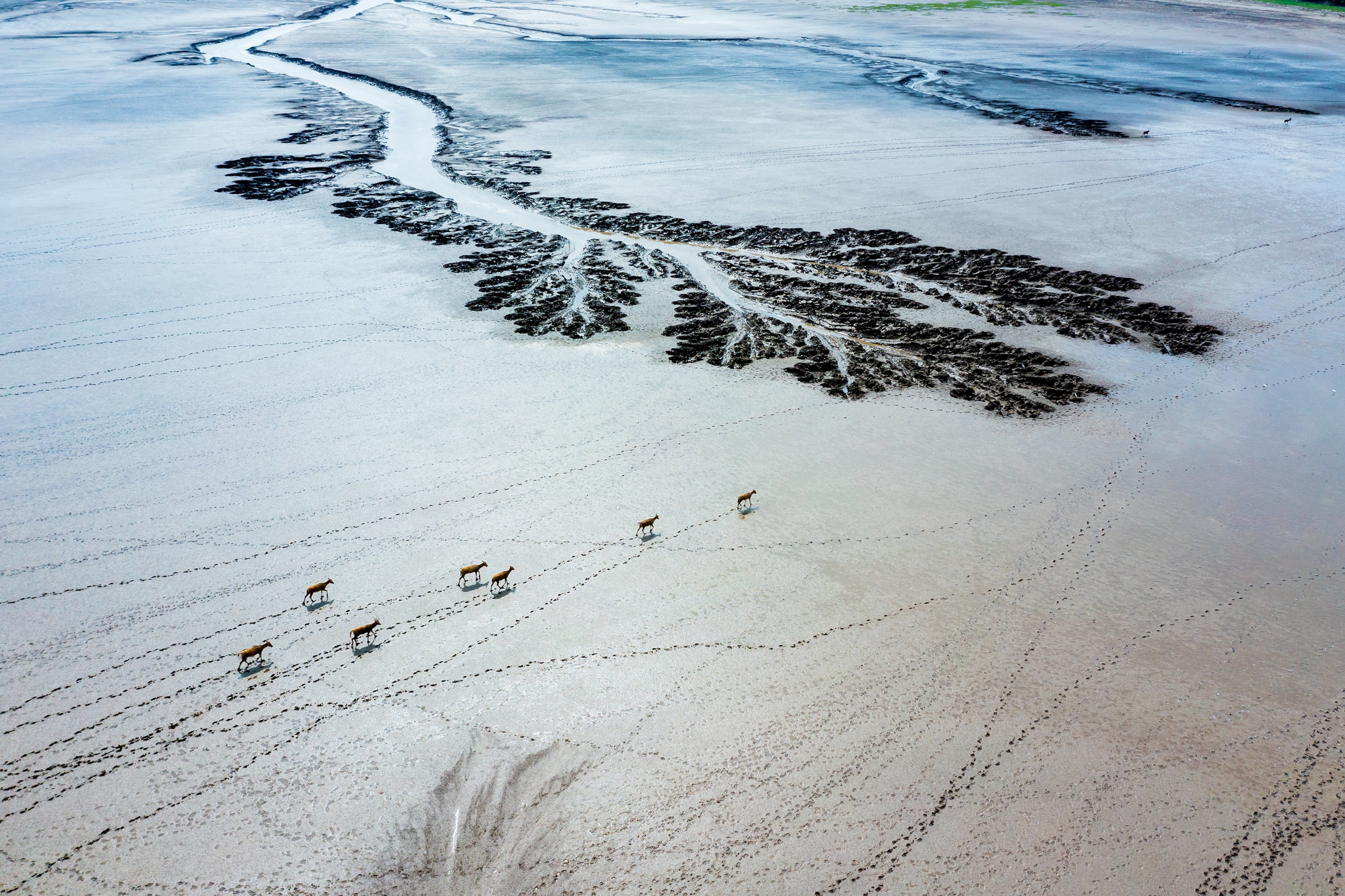
Salt was one of the commodities that played a key role in the history of trade in Jiangsu, contributing to the wealth and prosperity of the province. A major source was the natural salt reserves of Yancheng, which literally means “salt city”. But the movement of goods facilitated by the Maritime Silk Road is only part of its story. In Yancheng, this remarkable ocean corridor also plays host to the epic migrations of rare bird species like cranes, egrets, and spoonbill sandpipers. The city is home to the pristine Yellow Sea wetlands, a natural sanctuary which can be likened to an international port, not for ships but for migratory birds who stop in the wetlands to rest and feed on the rich aquatic animals and plants found there before continuing their long voyages.
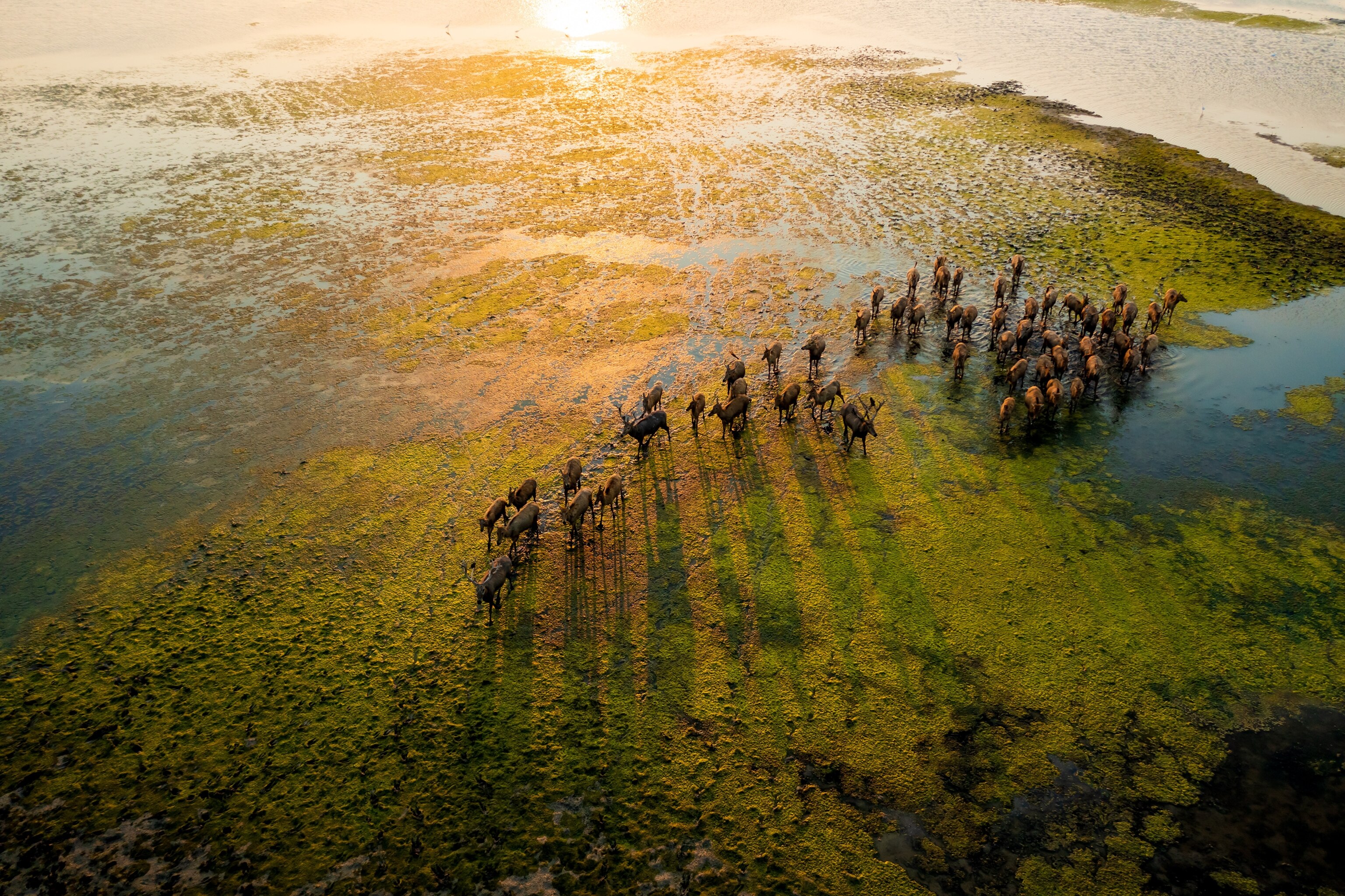
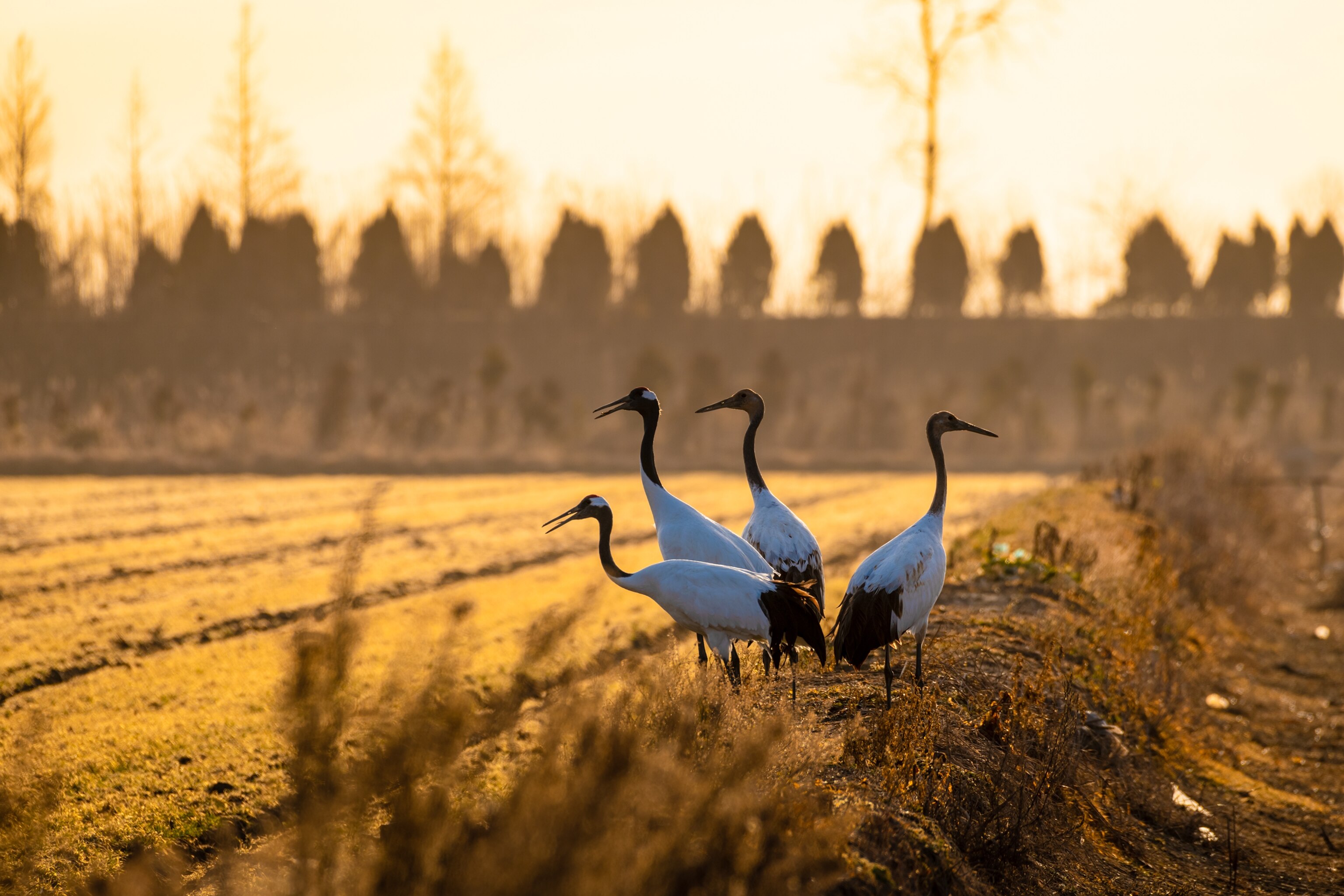
At Yancheng National Nature Reserve and the Dafeng National Nature Reserve, miles and miles of vast tidal flats are waiting to be explored, and make a fascinating destination for bird-watchers and those who enjoy the peace and quiet of open nature. These unique environments, composed of salt marsh and mudflat habitats, were named a UNESCO Natural World Heritage Site in 2019.
Nantong
In Jiangsu’s bustling port city of Nantong, goods have flowed in and out of the province by water for centuries. To this day fleets of hardy fishing boats ply the waters of the East China Sea reeling in yellow croaker, seabream, sea crabs and countless other delectable seafood treats. At Lusi Port Town, which boasts a thousand years of maritime history, visitors can explore the vast commercial seafood market and choose the freshest catch of the day, plucked out of tanks by stall holders and steamed or cooked in sizzling woks while you wait.
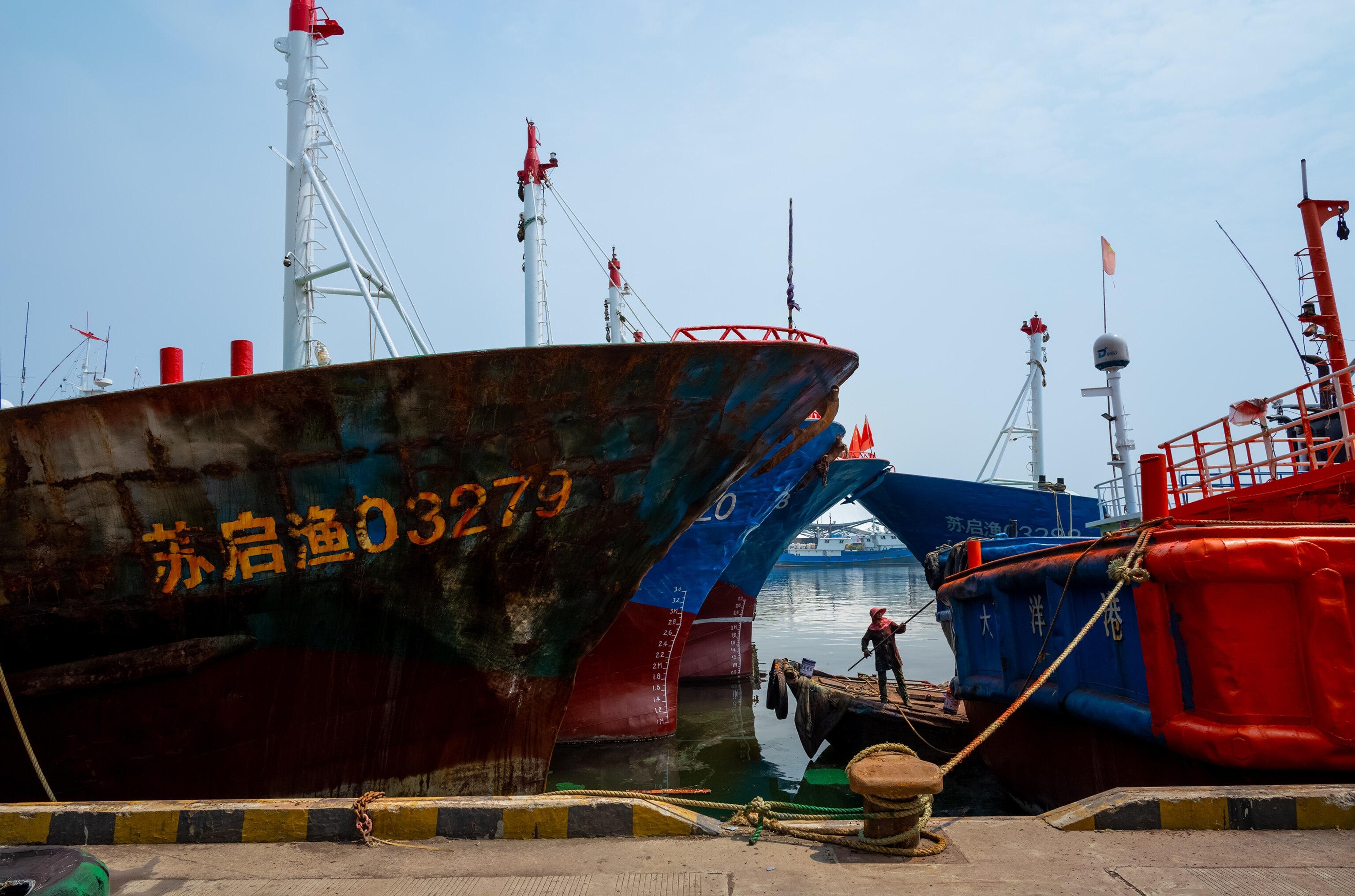

“Sea culture” defines the many activities for tourists in Lusi, one of the highlights being the chance to view aquatic creatures at the Nantong Underwater World. The view from Lusi’s bustling shoreline reveals the thriving seascape of Jiangsu’s offshore environment, where vast cargo container vessels and smaller fishing boats sail the very same waters where the wooden-hulled treasure ships of Zheng He’s fleet set out on their historic expeditions centuries earlier. It’s a continuity of commerce and exploration that shows that the historic Maritime Silk Road has never really gone away, and continues to thrive to this day.
